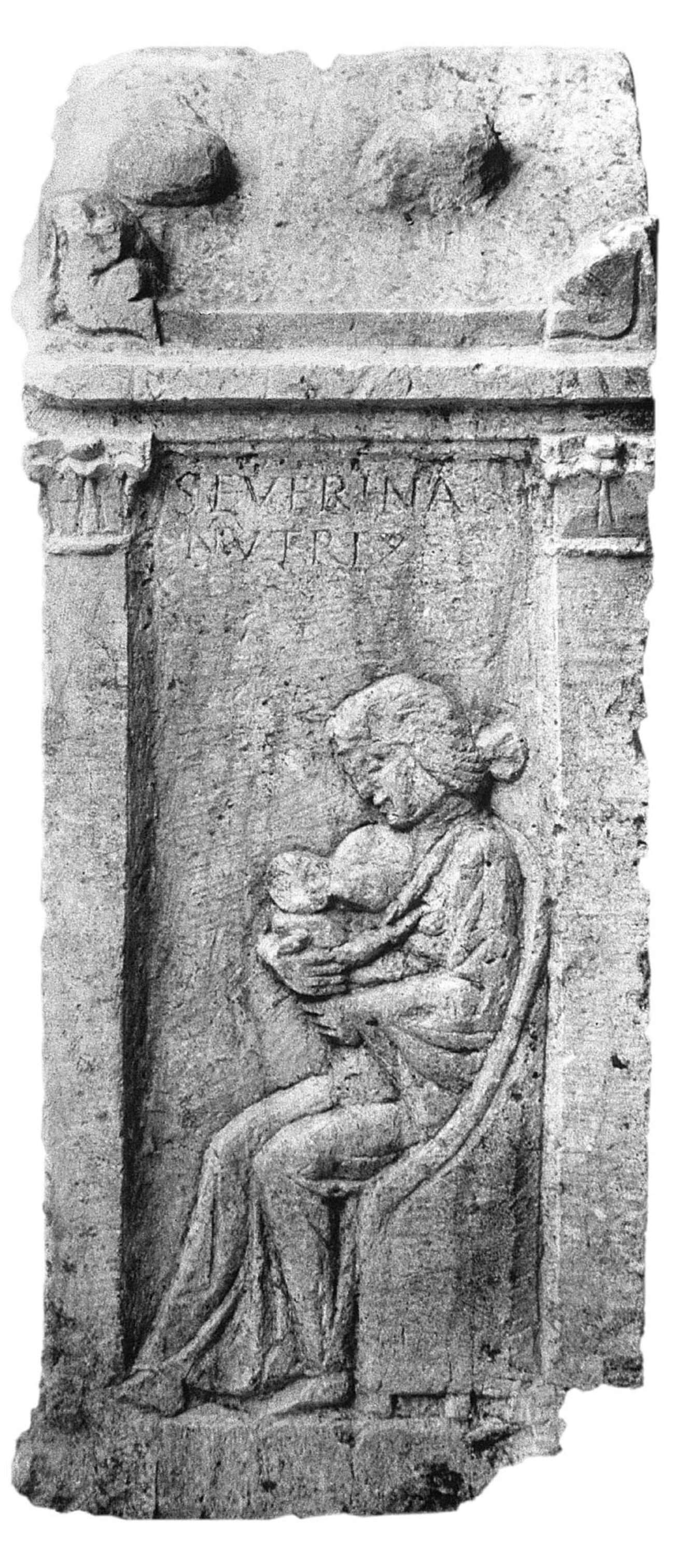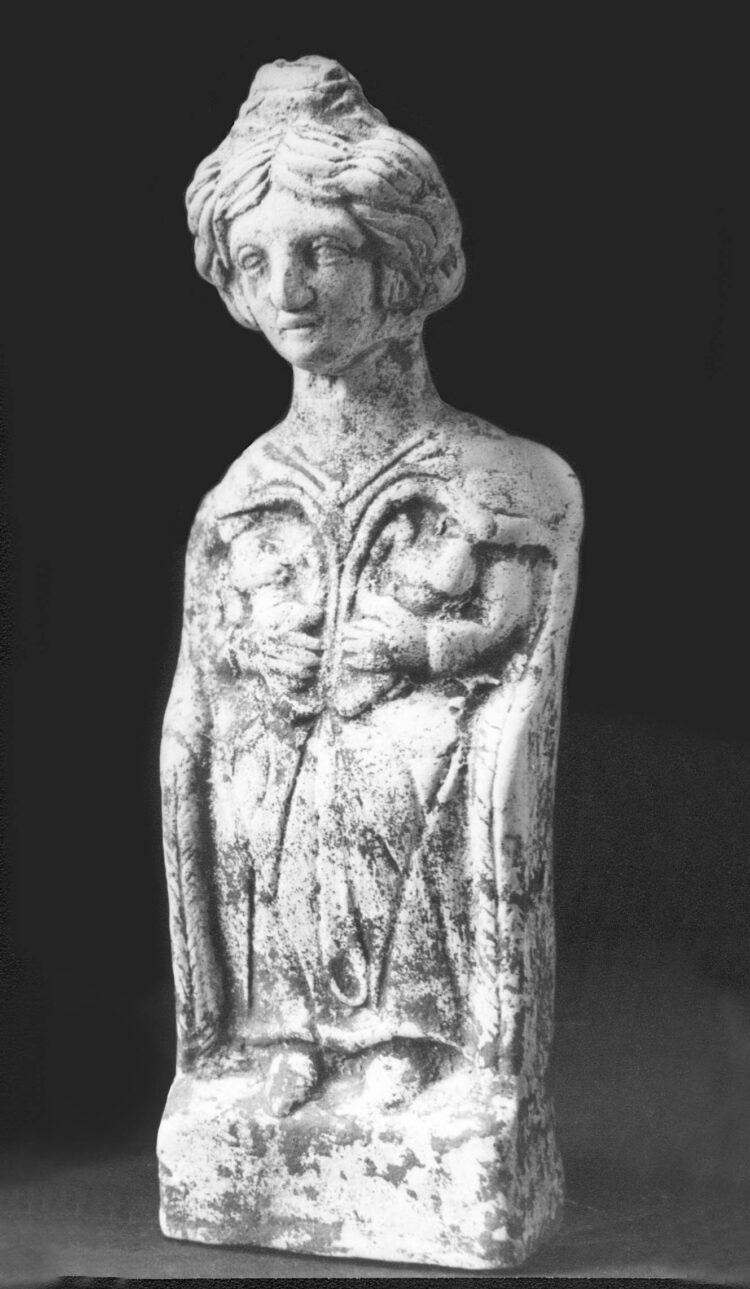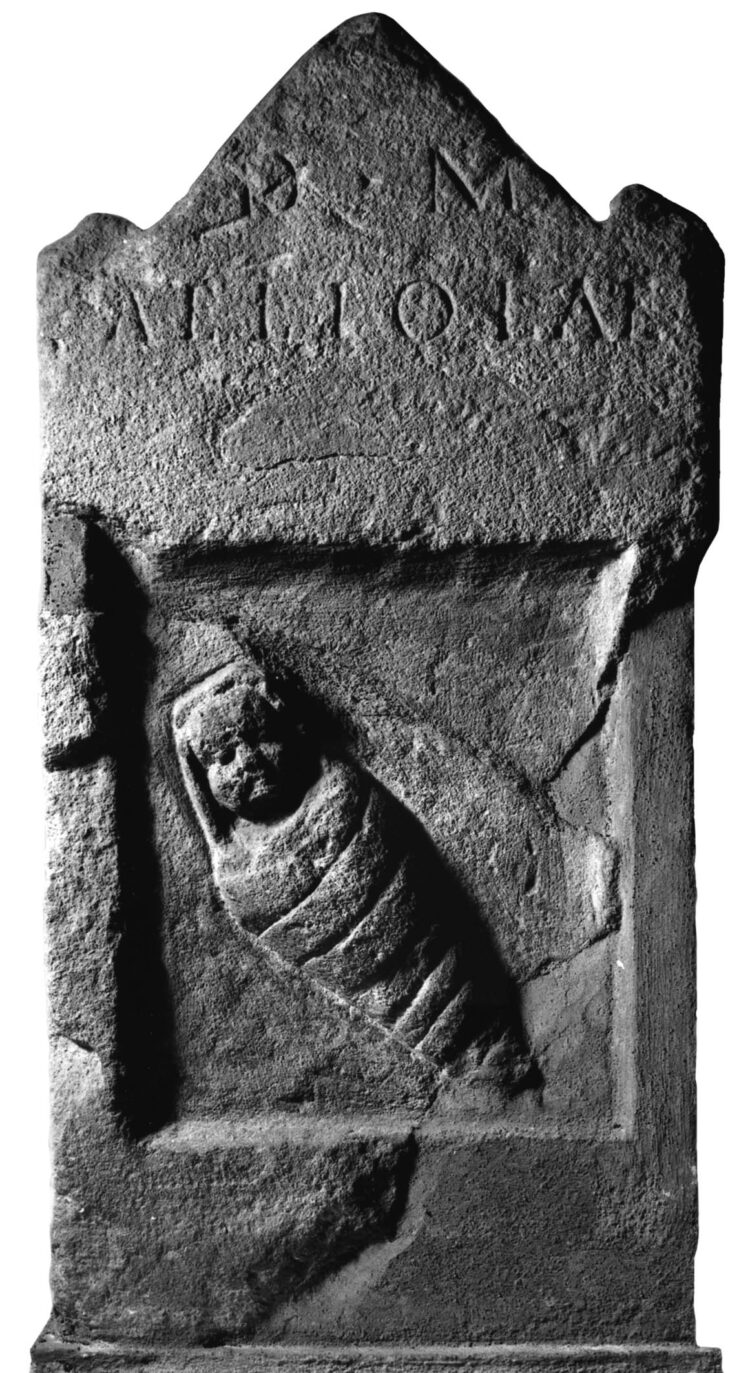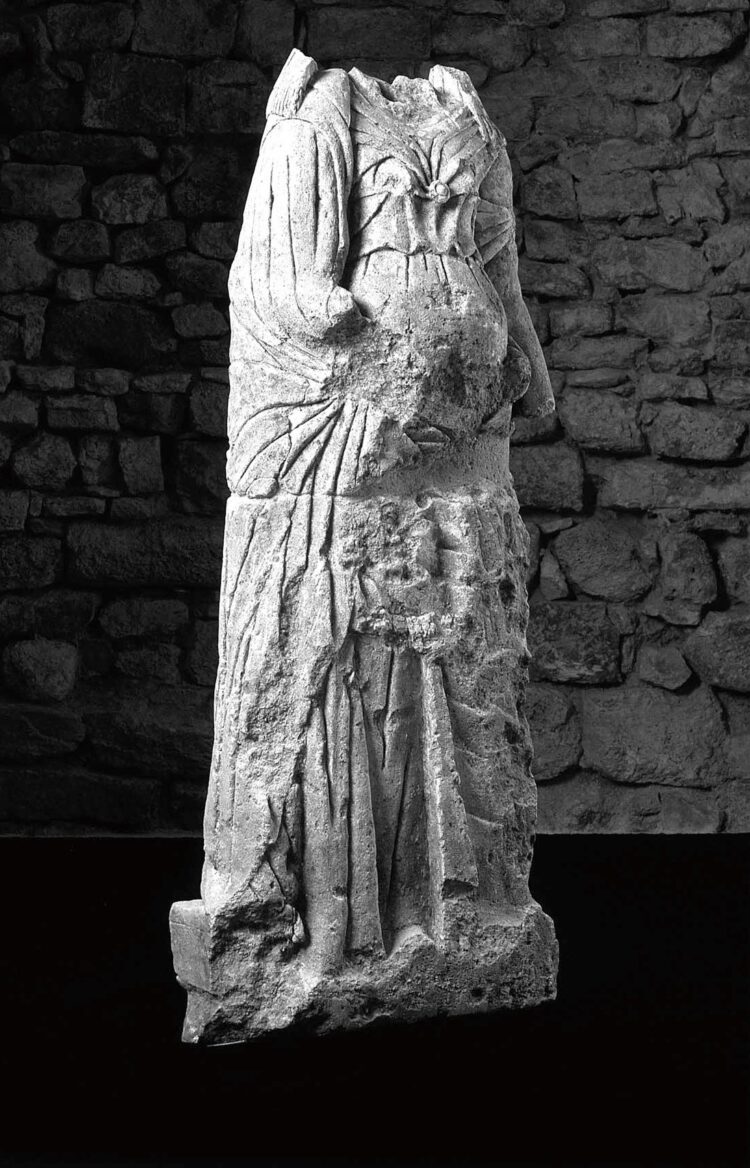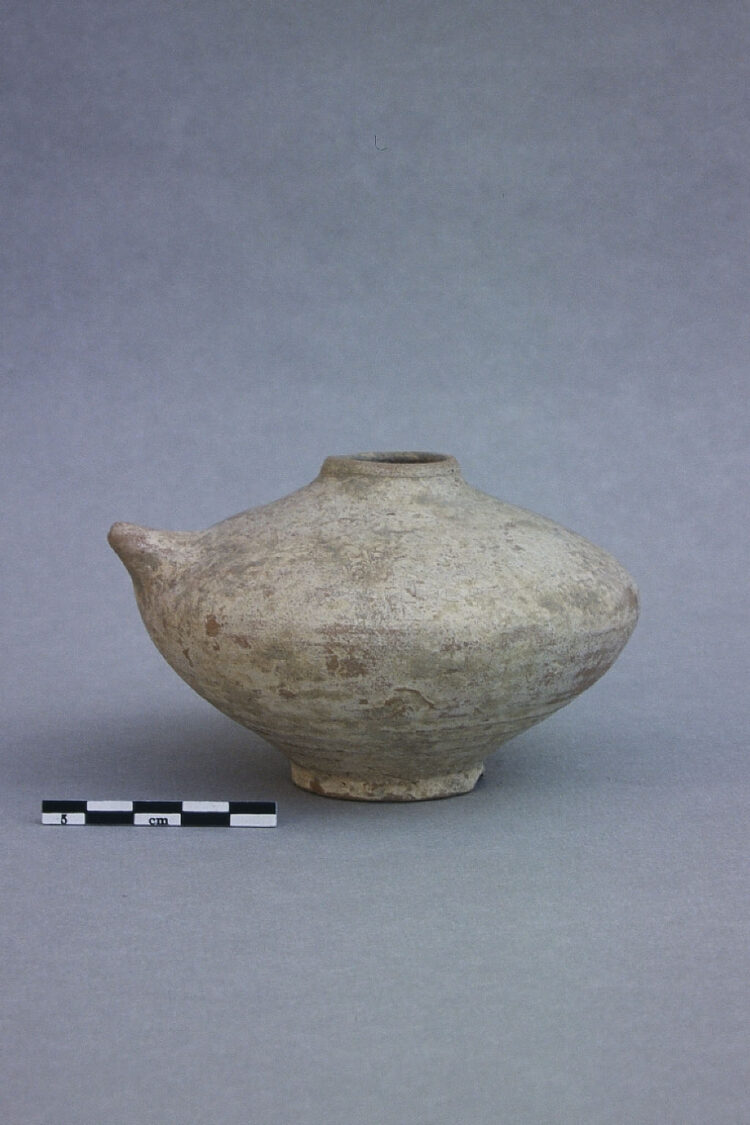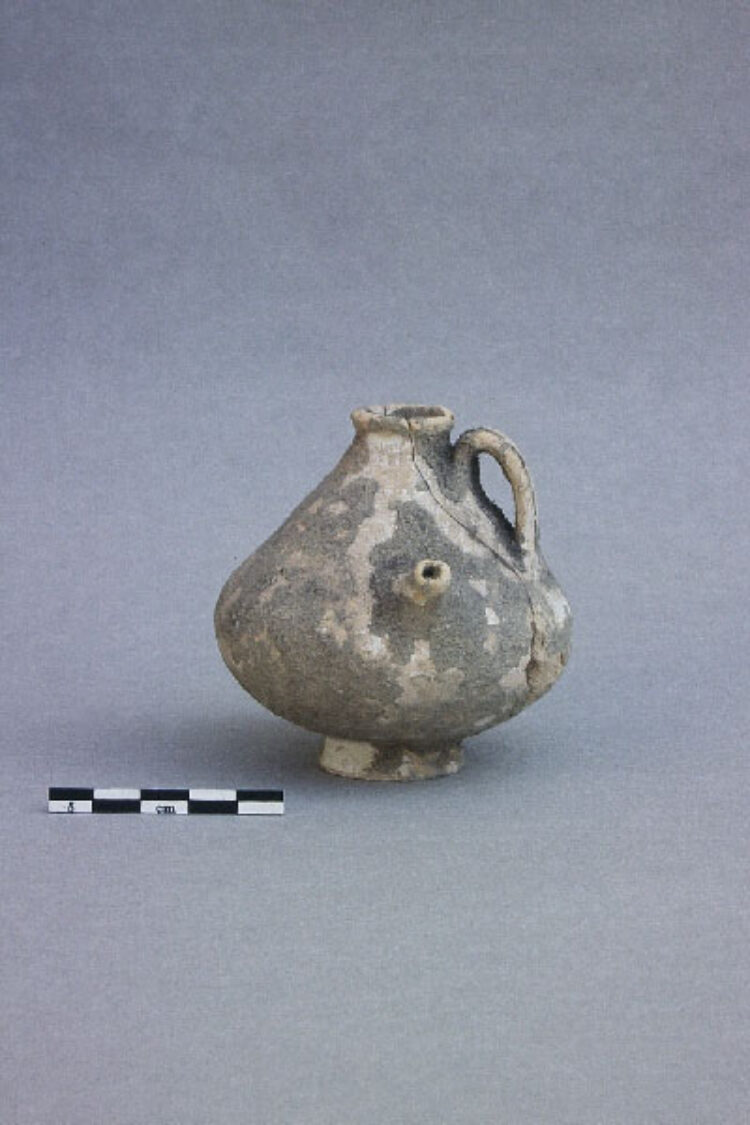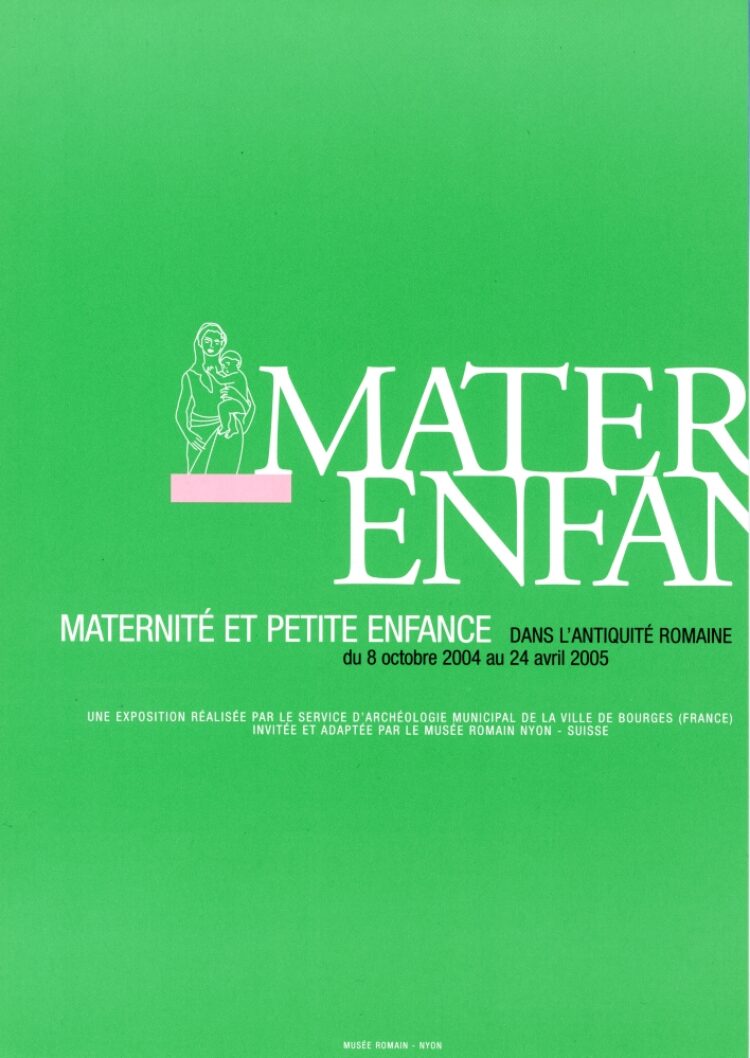
Was it important to be a mother in Roman times? Did people have large families? How was pregnancy viewed? Was it seen as an illness or as an event favourable to a woman’s health? Were there women doctors? What did the life of a toddler mean in times of high mortality? What rules governed funerals? Was ancient medicine interested in newborn babies? How were they treated? Were breast pumps known to be used?
Often of a modest nature (votive offerings, feeding bottles, amulets, etc.), various archaeological documents shed light on the fate of women, parents and children in days gone by.
This exhibition, produced by the Municipal Archaeology Service and the Museum of the City of Bourges, France, and adapted for the Musée romain de Nyon with the help of Véronique Dasen, lecturer at the University of Fribourg, took the public into the heart of the intimacy of the Roman family.
